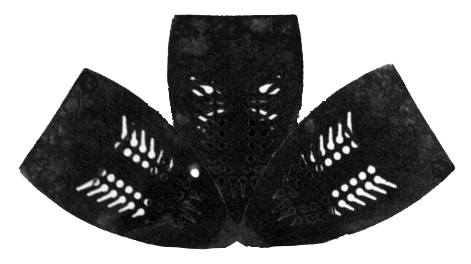The National Academy of Design is delighted to announce the election of eight artists and architects as National Academicians. Elected by current National Academy membership in recognition of their contributions to contemporary American art and architecture, the class of 2023 Academicians includes:
Alice Adams (Visual Arts), Sanford Biggers (Visual Arts), Willie Cole (Visual Arts), Torkwase Dyson (Visual Arts), Richard Gluckman (Architecture), Carlos Jiménez (Architecture), Mel Kendrick (Visual Arts), Sarah Oppenheimer (Visual Arts)
The National Academy is the leading honorary society for artists and architects in the United States. New members are exploring the frontiers of art and architecture, which include forays into experimental uses of traditional mediums and conceptual approaches that question the boundaries of architecture and art as discrete and preconceived disciplines.
The induction of new members follows the opening of the National Academy of Design’s new home in the Chelsea arts district in New York City at 519 West 26th Street. The new space will function as a place of experimentation for the National Academy, a space for inclusive and accessible programming that will showcase Academicians alongside other artists and architects who are working within the current cultural landscape.
The annual nomination and election of National Academicians dates back to the National Academy’s founding as America’s first artist-led arts organization in 1825. New Academicians are nominated and elected by the current members of the National Academy, a community of 431 artists and architects across the country; more than 2,400 artists and architects have been elected since 1825.
Induction Event:
An Induction Ceremony celebrating the Class of 2023 National Academicians will take place on Tuesday, October 24 from 6 to 9 PM in New York City. The Induction Ceremony is by invitation only; a video program documenting the practices of the eight new Academicians will be live-streamed to the public during that event. (Link TBA)
Induction Exhibition:
A special exhibition featuring recent work of the 2023 National Academicians is anticipated to open in early February 2024 in the galleries of the National Academy of Design, 519 West 26th Street, 2nd floor. Details will be announced in the coming months.


